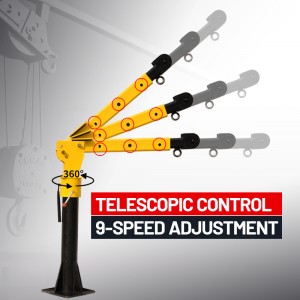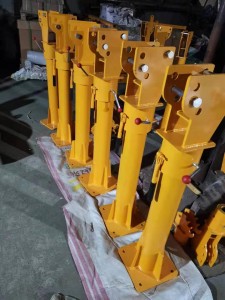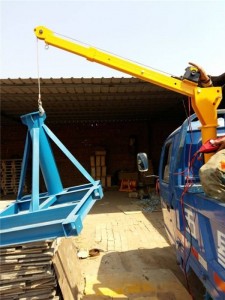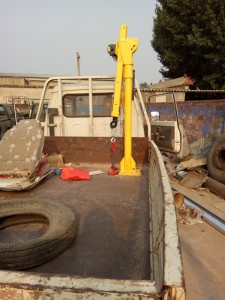Every crane is different; some are manual some have hydraulics, some are on a boom truck, and some are temporarily stationary. Knowing the dynamics of how they work beforehand is one thing, but when working with new equipment you should always test out its operations first. Get a feel for how they handle and where the controls are.
For example, most cranes operate in 360 degrees nowadays, but some older cranes only operate in 180. Both these types have different load charts with different mathematical equations to keep track of. As with most construction machines, operators need time to get used to the speed and handling so they can focus on the math.
Boom truck operators and stationed cranes operator must understand the pressure the crane puts on the environment around it. When operating a crane, it uses stabilizers to help keep it from tipping over when dealing with heavy loads. Making sure you evenly distribute weight is a must! If you have to put a ton of force on one particular stabilizer, using the right outrigger to disburse the pressure is important.
Although general operating safety is down to the driver/operator, modern crane trucks are fitted with a wealth of safety features and cut-outs to minimise the risk of accidents. The elebia lifting hooks are a case in point. Designed to lift loads of up to 2 tons, they turn the humble crane hook into an automated lifting solution which can attract the lifting point, centre it, automatically lock it in place ready for lifting, and release it on completion of the move.
Post time: Mar-24-2022








